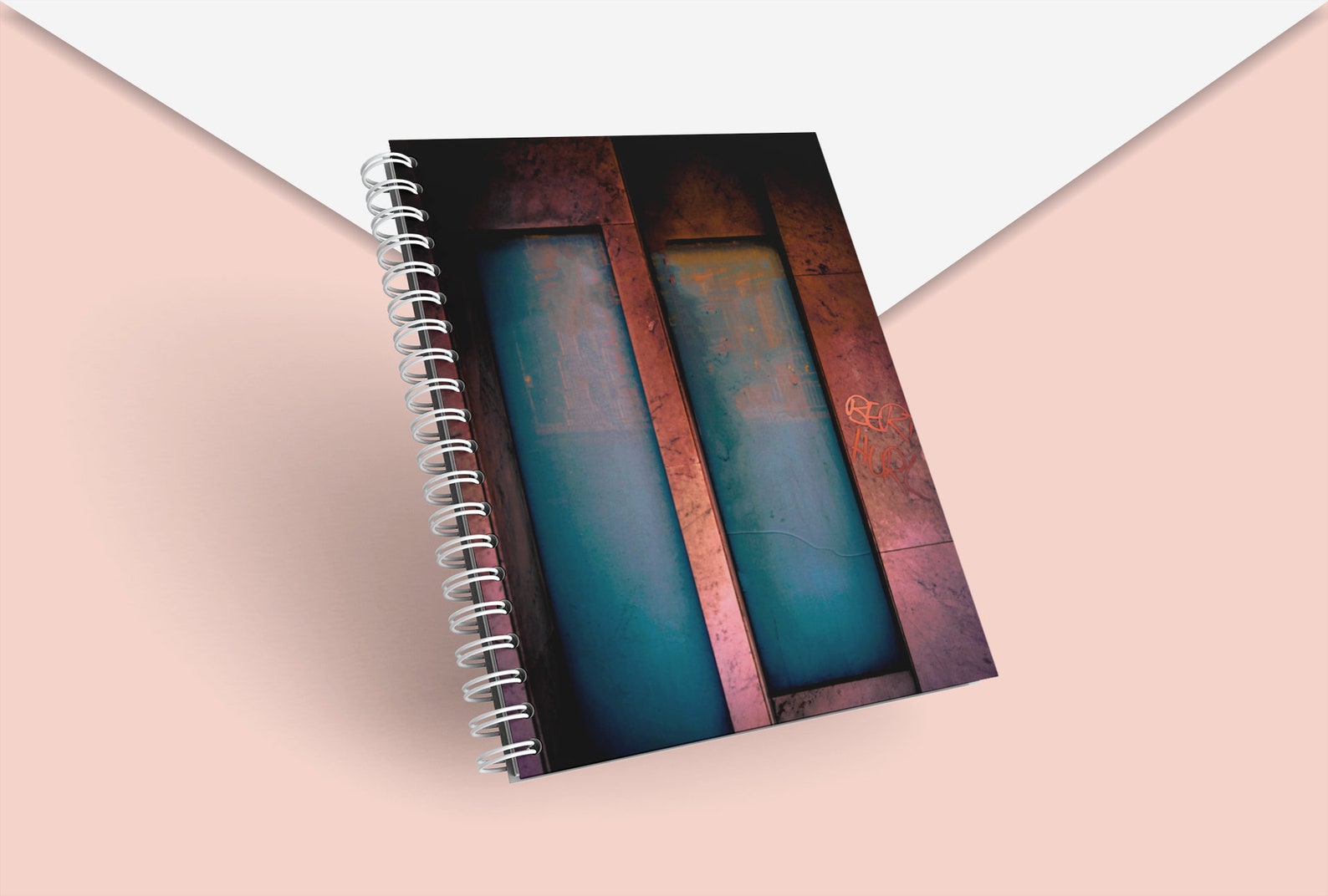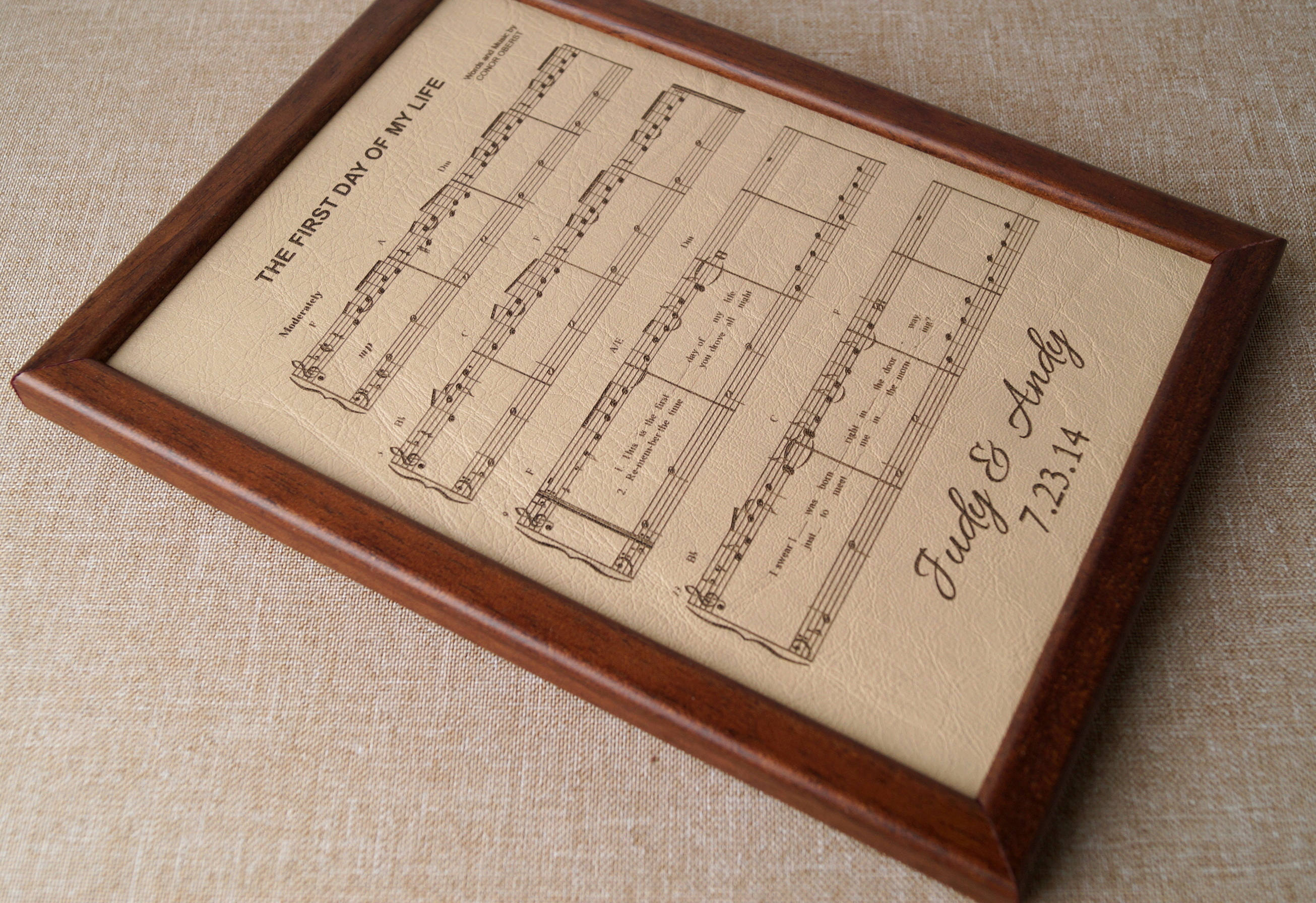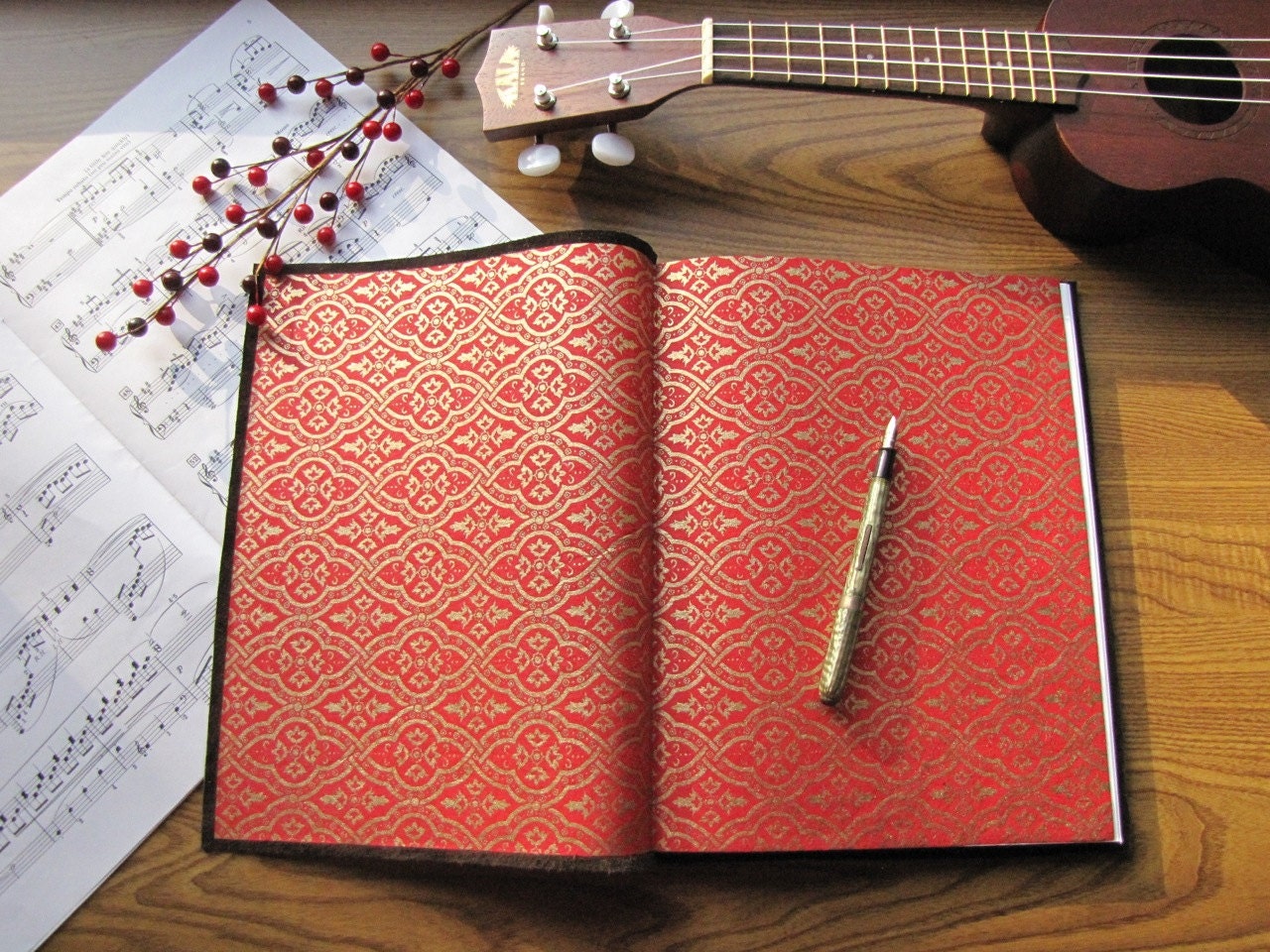

In fact, de Hamel observed, “no one can properly know or write about a manuscript without having seen it and held it in the hands.”ĭigitization has been both a boon and a disappointment. To touch the parchment and feel its texture, to inhale the aroma, to hear the crinkling sounds of time while turning the pages, to see the dance of light in decorated borders and puzzle initials and elaborately illuminated miniatures, to sound the words aloud, rolling around the rhythm of centuries-old syntax in the mouth, to grasp what other hands once formed and held, ages and ages ago-this is the multi-sensual experience awaiting anyone who has the rare opportunity to encounter a medieval book face-to-face.Īs invaluable as they were, digital facsimiles deprived me of these subtle, aesthetic dimensions of the story a medieval manuscript could tell, a story that began long before a scribe drew even one letter of text on parchment. “Nothing can compare with the thrill of excitement when a supremely famous manuscript is finally laid on the table in front of you,” de Hamel explained. The more I gazed at the images, the more I longed to have the kind of physical encounter with a rare, medieval book like the one Christopher de Hamel had described in his Meetings with Remarkable Manuscripts. But it proved a poor substitute for the tactile pleasure I imagined holding such a manuscript in my hand would bring. My research for the novel wouldn’t have been possible without it. All it takes is a few clicks to peruse images from the Iranian astonomer Al-Ṣūfī’s revision of Ptolemy’s star catalogue, incorporating Arabic folk traditions or locate the one of Christine de Pizan presenting her book to the Queen in Harley 4431 that had captivated me years ago.įor me, digitization has been both a boon and a disappointment. Anyone with access to a computer can visit the British Library or the Bibliotheque Nationale or the Morgan Library, among the more than 300 digital libraries around the world housing digitized manuscripts, conveniently mapped on a crowdsourced web site.

A shimmering revenant, a tempting slice of time I would never be permitted to touch.ĭigitization made many of these artistic medieval masterpieces available online. Occasionally one might be brought out for display in a dimly lit case and opened to a single, tantalizing page, like the gilded, gaudy beauty from The Queen’s Book I spotted a decade ago in an exhibition and have been haunted by ever since. The majority have been hidden away in private collections or behind the locked doors of a museum’s climate-controlled vault. More than a million medieval manuscripts have survived centuries of time and shifts of ownership. For your purposes, the digital facsimile is adequate. Like Verity, the obsessed character in the novel, I made a valiant effort to access the original. Known as The Queen’s Book, this exquisitely decorated manuscript is a prized possession in the British Library’s collection, a book only the most prominent paleographers and book historians are permitted to handle.

In the course of writing my novel Cities of Women, which follows a modern woman obsessed with the medieval manuscripts of Christine de Pizan, I spent hours scrolling through the digitized pages of Harley 4431, the compilation of writing de Pizan assembled in the early fifteenth century as a gift to Isabeau of Bavaria, regent to the French king, Charles VI. Reassembled, stitched together to bands attached horizontally to the spine and threaded onto boards, then wrapped in leather. Stacks of folios accumulate, are divided amongst artists for decoration. A knife in one hand to steady the vellum, and a quill in the other, the writing begins. A polishing rub, a ruling of the sheet, a marking off of boxes for illuminated puzzle initials or decorated miniatures. Iron-gall ink fashioned from crushed oak gall nuts and ferrous sulphate, gum arabic for thickening. Before the word, was flesh-an animal’s skin, scraped and stretched to form the vellum, a writing surface for a scribe to scratch text with quill.


 0 kommentar(er)
0 kommentar(er)
